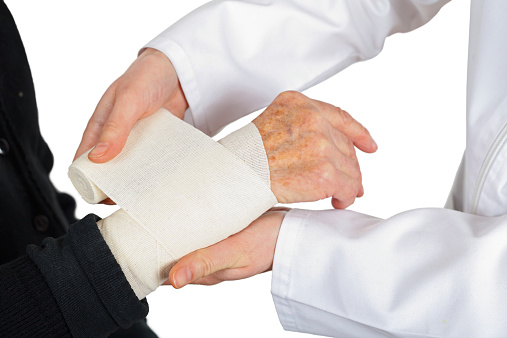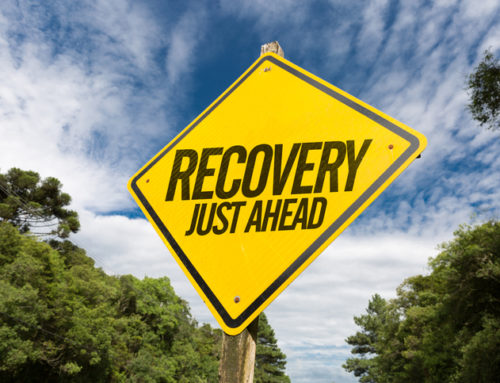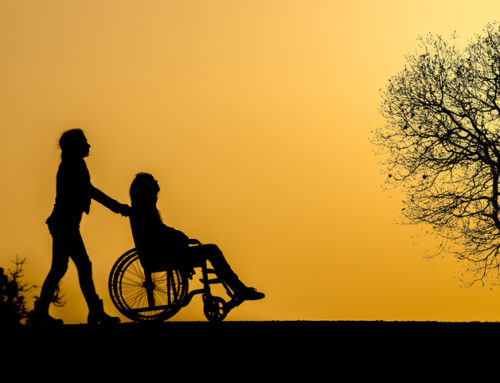The characteristics of our skin changes with age—the natural skin protectors that were once present in our younger years, weaken, making it less resilient. The presence of collagen, oils and elastin are significantly reduced, changing the texture so that it becomes thinner and dryer; all of which are factors in compromising the integrity and strength of the skin.
According to National Institute of Health, ‘In the United States, chronic wounds affect around 6.5 million patients.’ Many of these people are stroke victims who have become immobile due to paralysis, and are confined to a wheelchair or a bed for long periods of time. In effect, a stroke victim can be an easy target for suffering from a wound infection.
One such type of wound infection is a Pressure Ulcer (PU) – an injury to the skin or underlying tissue typically affecting pressure points that include bony areas, such as ankles, back, elbows, heels and hips. A PU can happen due to the constant rubbing or pressure on any one of these areas. They will present themselves as a blister or some skin redness, ultimately turning into an open sore that results in an infection. People who are confined to a wheelchair or bed for long periods of time are at a higher risk for developing a PU. Unfortunately, these wound infections can create pain, anxiety and depression.
There are, however, steps you can take to help avoid the onset of a Pressure Ulcer, as well as taking care of the wound as soon as it starts to appear.
- Drink plenty of water- (6-8 glasses per day) it aids in hydration of the skin, keeping it from getting too dry
- Apply lotion over the entire body, especially areas that are prone to a PU
- Keep the skin dry and clean
- Change bed positions every few hours or provide proper padding for a wheelchair
- Use bed positioning aids to relieve pressure for sensitive areas
- Whirlpool Therapy- this has been proven to be effective in removing dead cells and contamination
- Use bed liners for those who struggle with bladder and bowel control to protect the skin from exposure
- Treat at the first sign of a sore—delayed treatment makes it more difficult for the healing process
Sources: Medlineplus.com, Woundsource.com, www.ncbi.nlm.nih.gov






